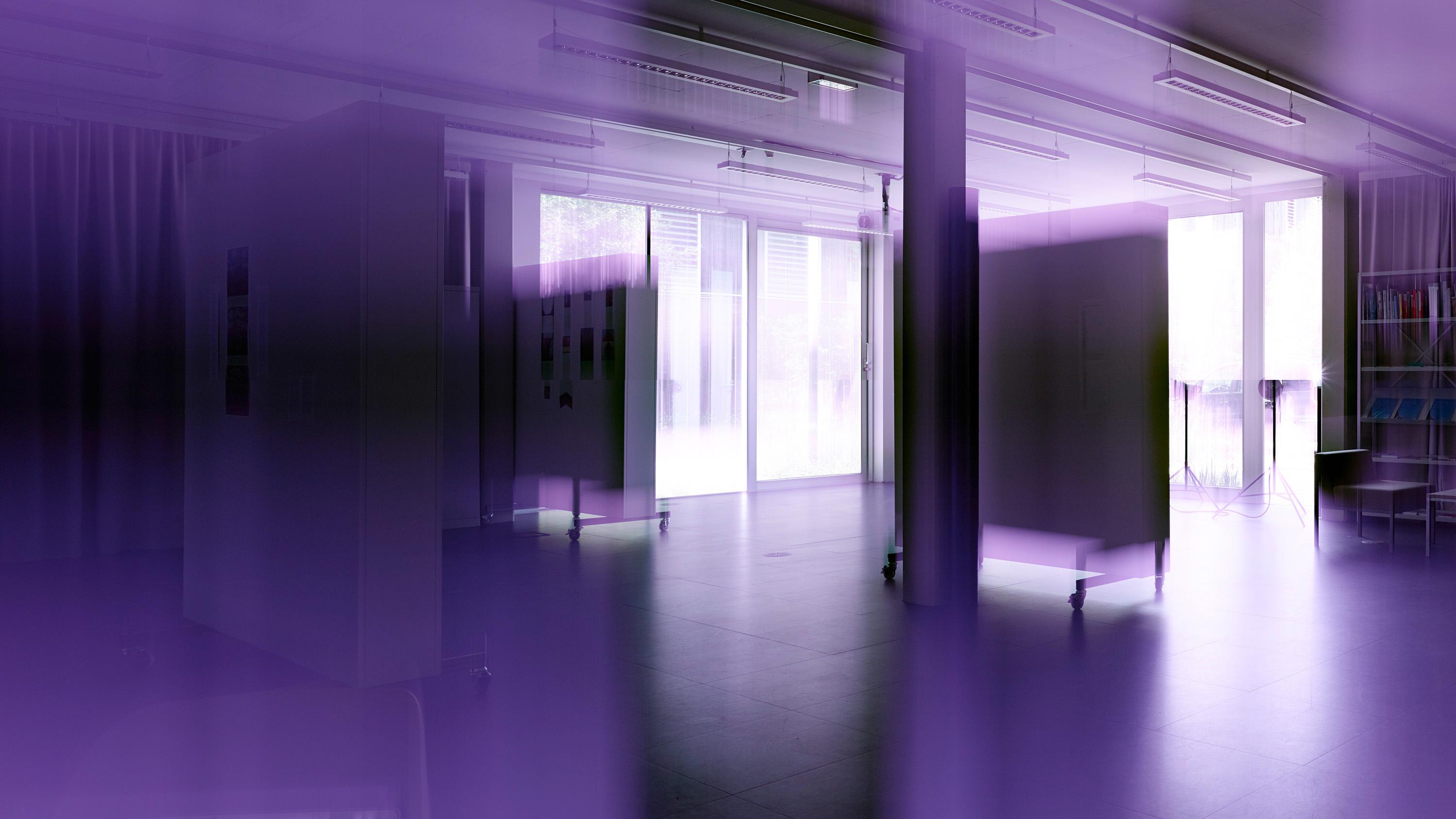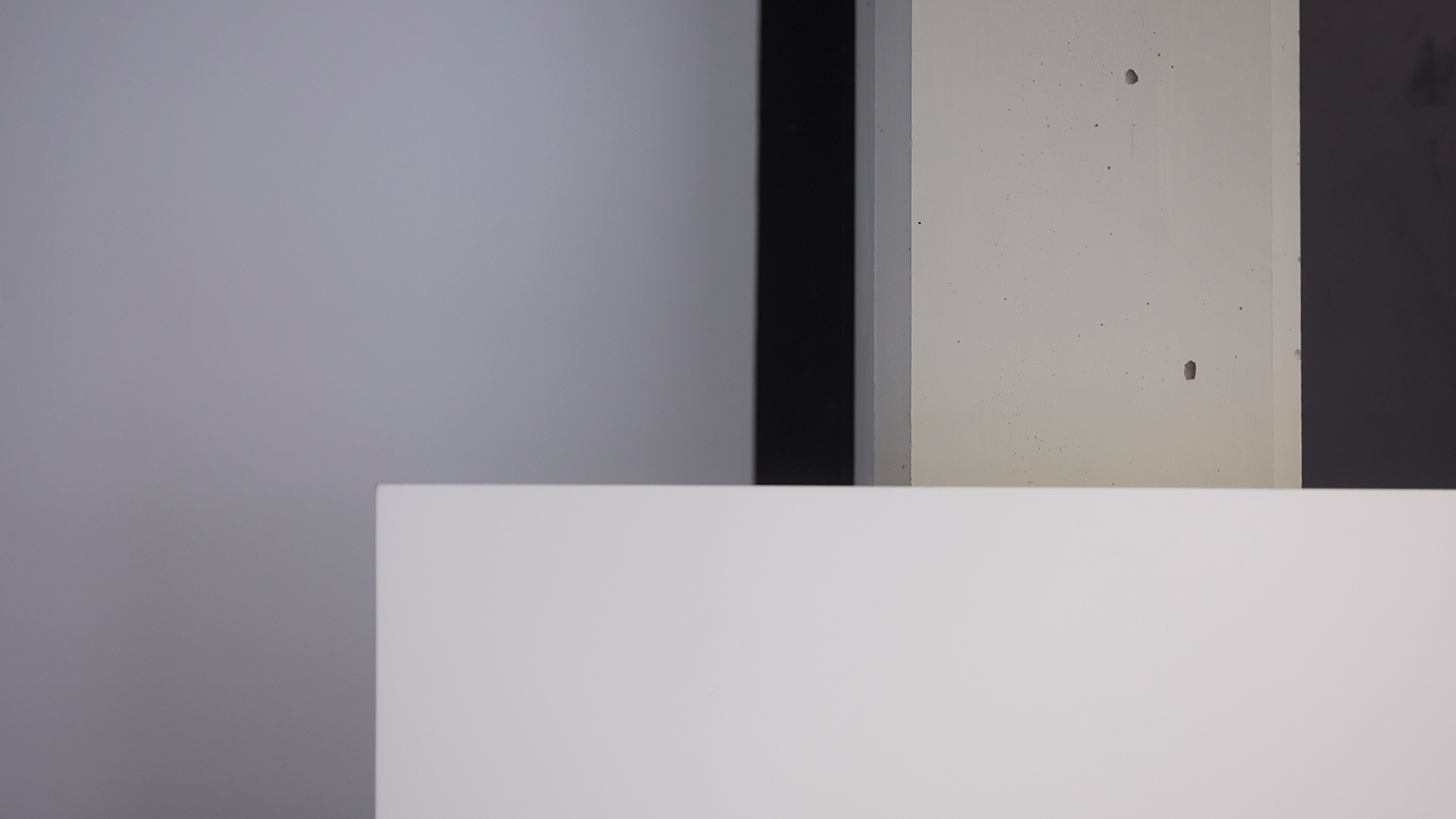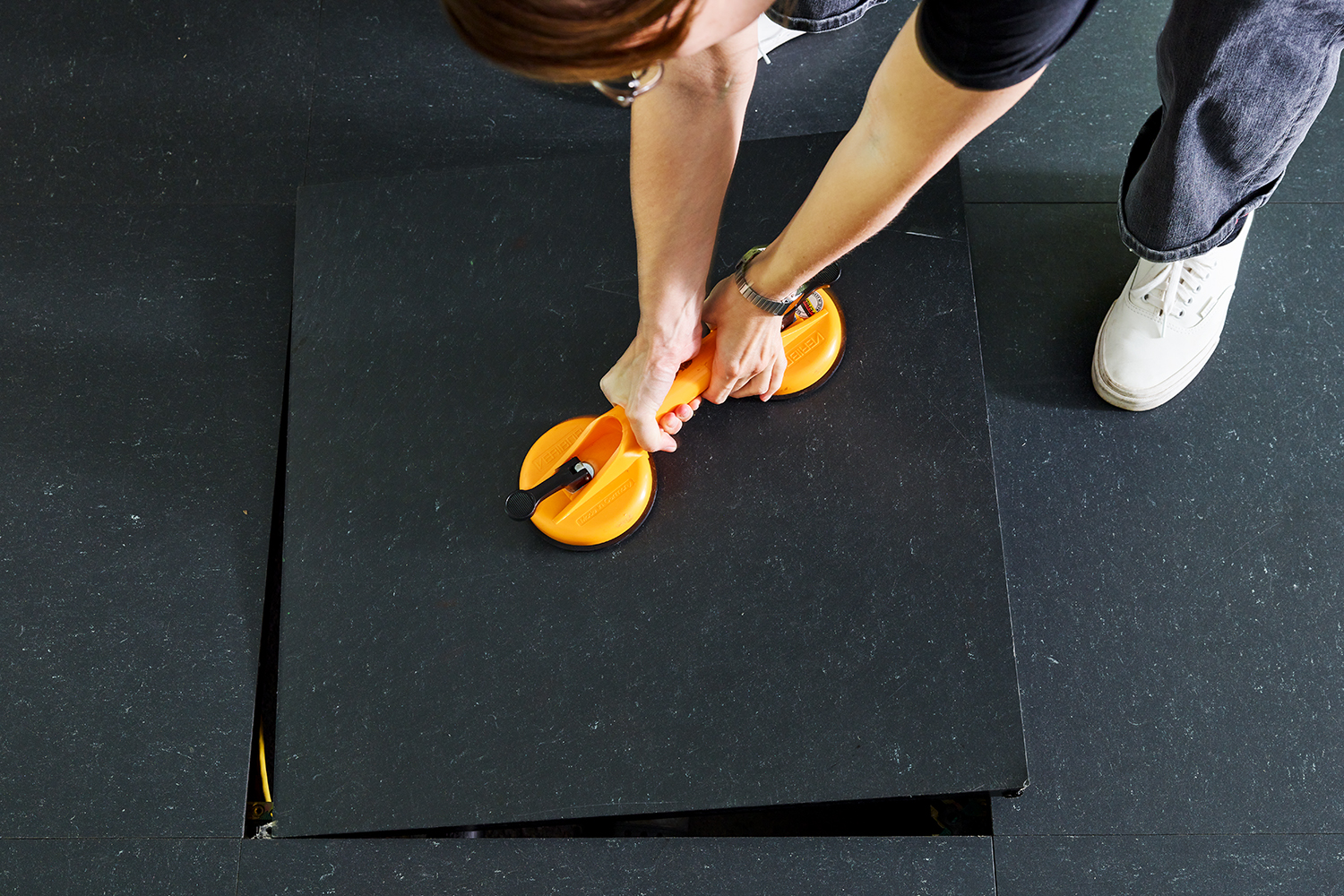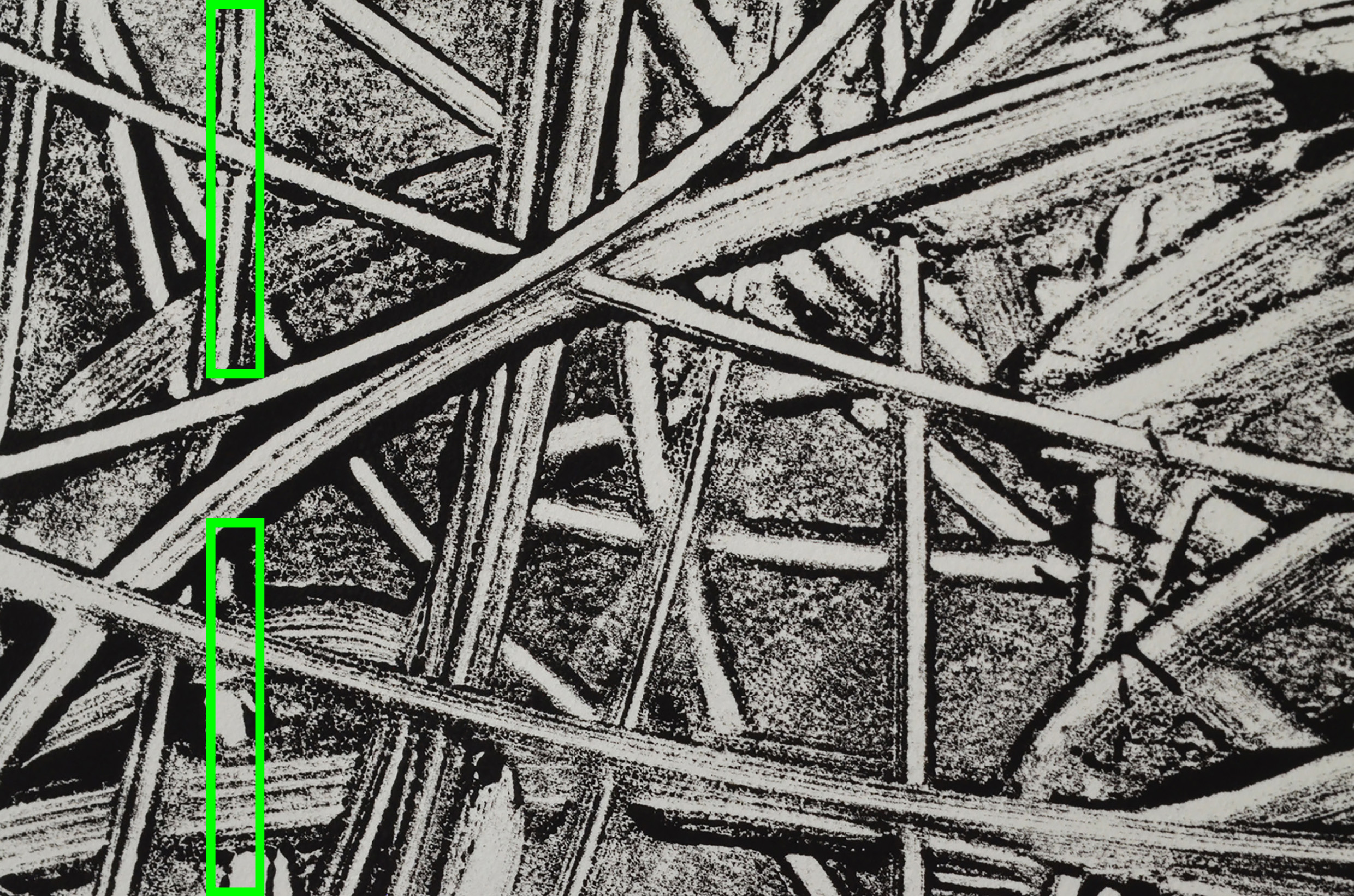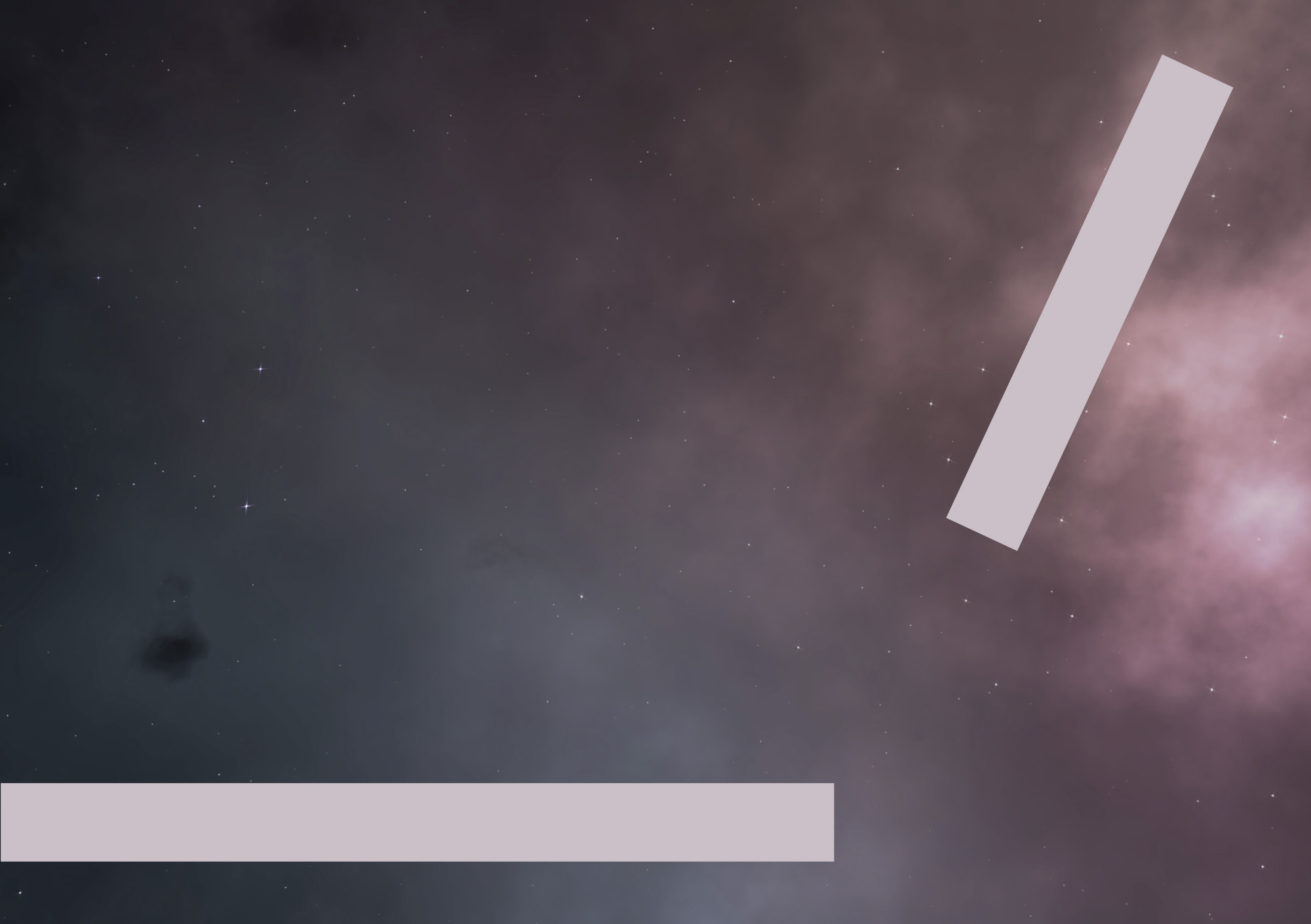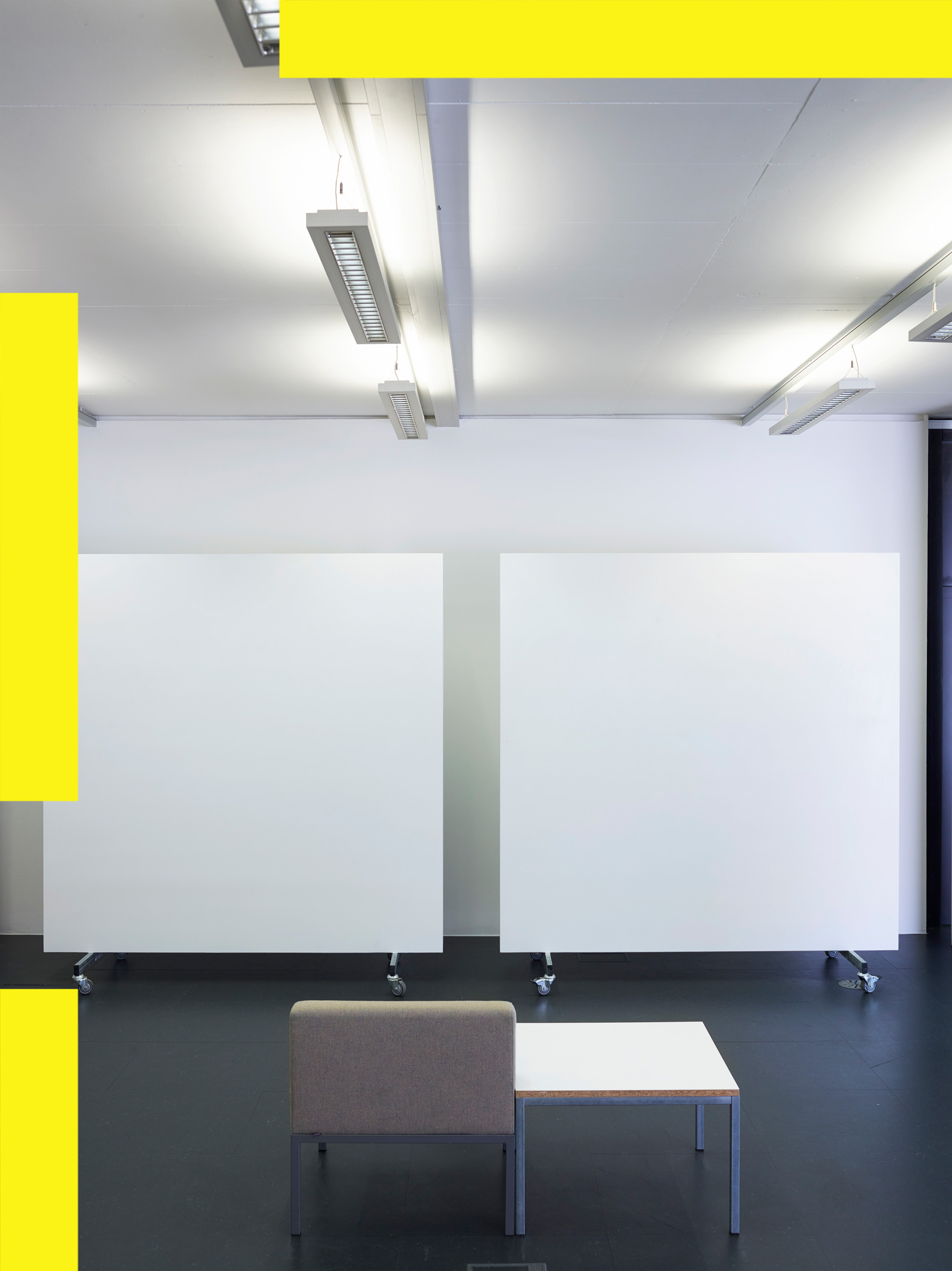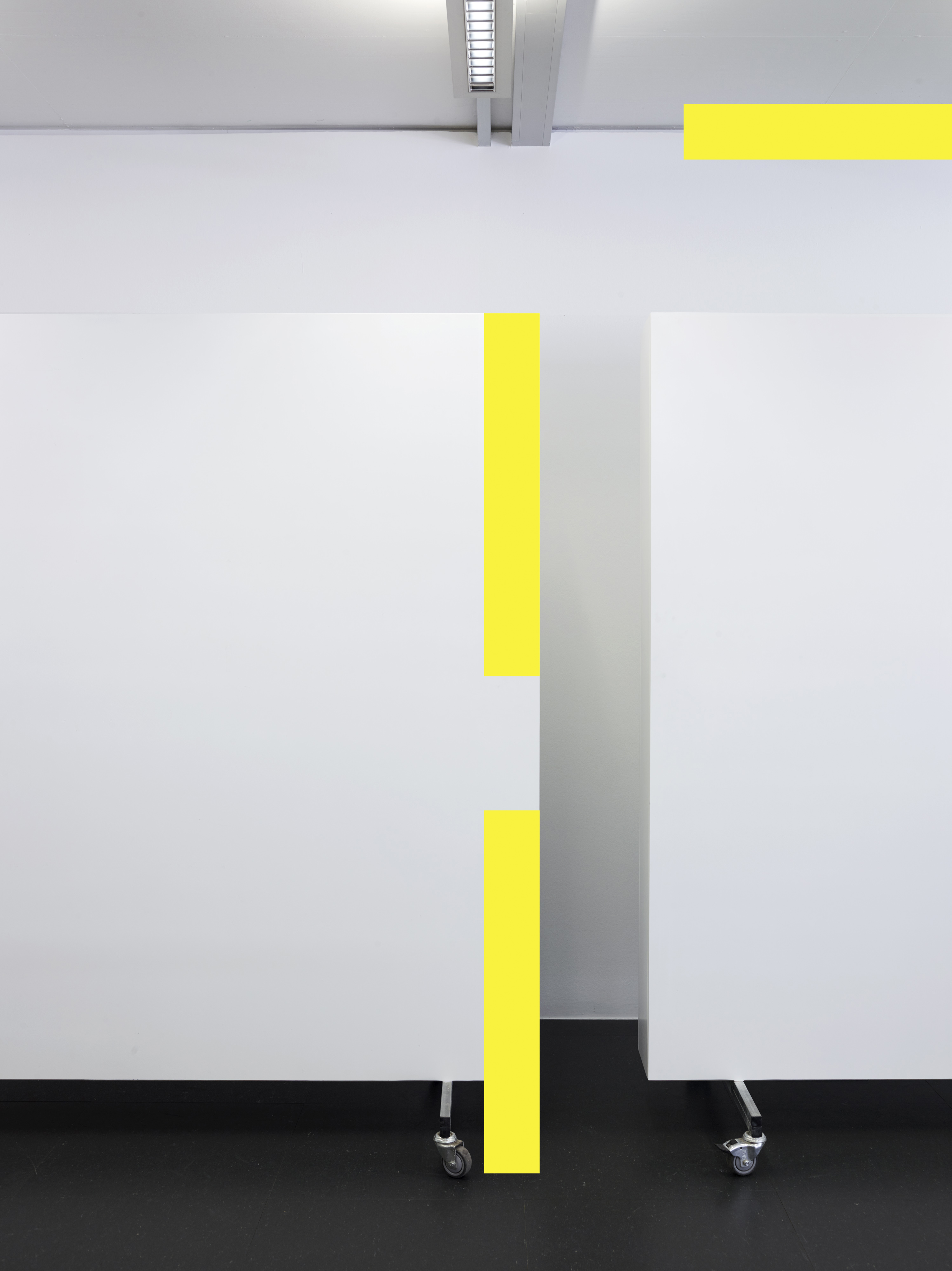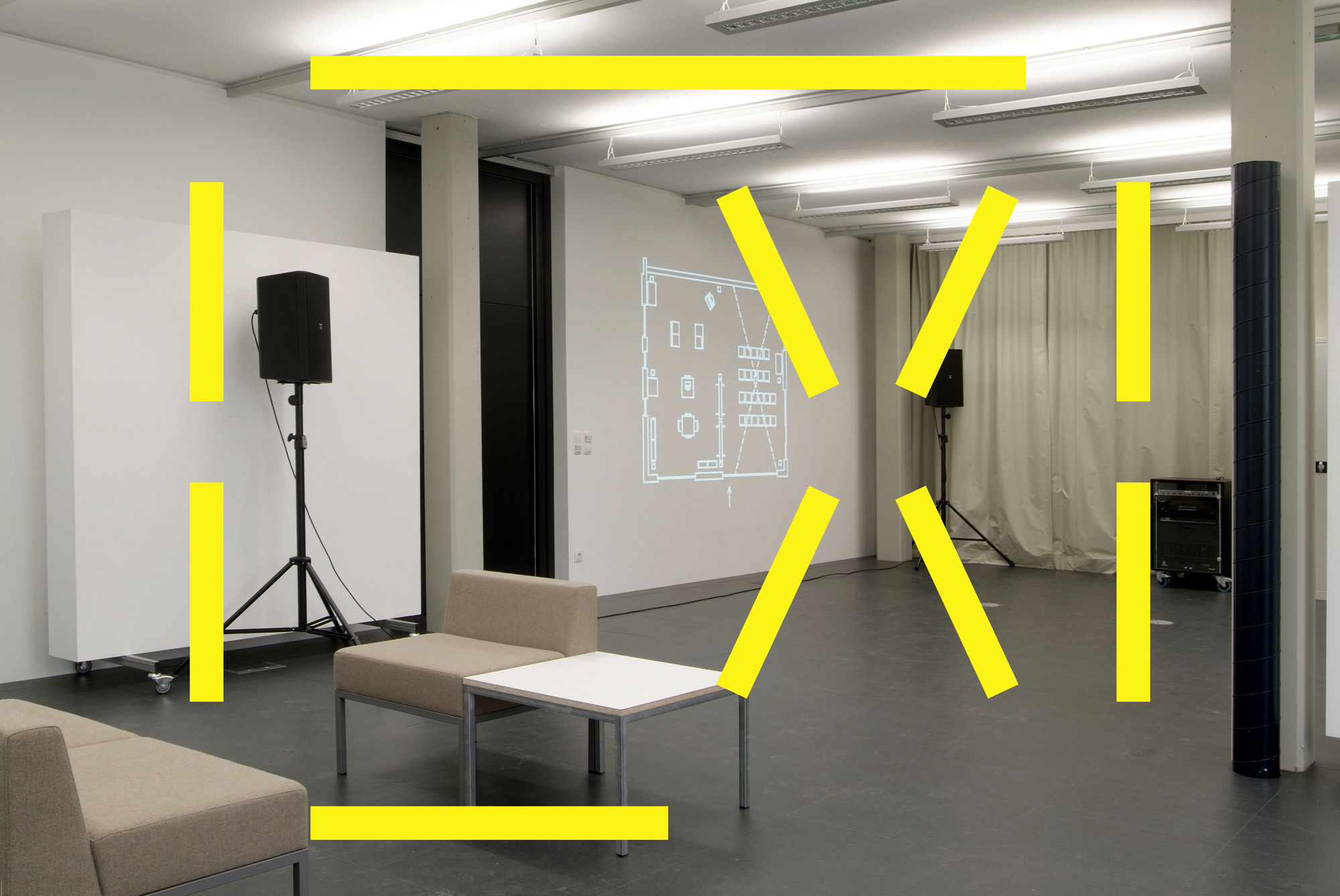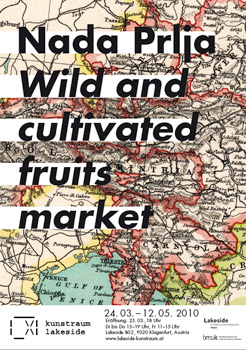Neighborhood
Semester 09/10
Lakeside Science & Technology Park
Lakeside B02
9020 Klagenfurt
Austria
WE DO IT.
The Isola neighbourhood in two inadequate descriptive systems
with
Adrian Paci, Andrea Sala, Bert Theis, Christoph Schäfer, Danilo Correale, Enzo Umbaca, Yang Jiechang, Maria Papadimitriou, Mariette Schiltz, Millepiani magazine, Museo aero solar (Tomas Saraceno), OUT (Office for Urban Transformation), Paola Di Bello, Stefano Boccalini, Undo.net, Wurmkos
curated by Marco Scotini
assistant curator Matteo Lucchetti
The city is the privileged field for the exertion of power. Subjugation procedures are deployed everywhere (on bodies, on language, on places). But nothing is in itself political for the mere fact of hosting the exercise of power relationships, and yet anything, upon the right occasion, can become so. Over the last seven years, the Isola neighbourhood – both in itself and within the city of Milan – has become a “political” space. It has become a field of forces, tensions, resistance, desires and aspirations.
Maybe as a heritage of its local past, the Isola has ended up representing a disturbing element for modern urban narratives: speculative projects, spatial police projects, gentrification.
The Isola gentification case is now the subject of a show at Kunstraum Lakeside, which have chosen to dedicate the semester 2009/10 to two exhibition projects in the frame of the word Neighborhood: We Do It (on going), curated by Marco Scotini, and Ground floor America curated by WHW, that will open in January. We Do It wants to present again a rearticulation, through a series of documents, testimonies and works, linked to the protest lead by the antagonist movement. As the subtitle suggests, the project – named after Martha Rosler’s 1974-75 work on the Bowery neighbourhood in New York – intends to illustrate at the same time both the municipality’s plan (in the making), and the parallel one proposed by the opposition to a neo-liberist logics.
Starting from 2000 the Isola neighbourhood, an isolated workers dwelling area in the heart of Milan, has been subject of a gentrification intervention through the realization of an urban plan committed to Hines, a Texan corporation. From that moment, the pivot of the antagonistic movement against the top-down plan of the municipality, has been an abandoned factory, leftover of the Milan industrial past, and occupied by several associations, that merged into the artistic project of constitution of an art and community center, Isola Art Center. Faced with the wicked conscience of planners accusing the neighbourhood’s antagonist action of “stalemating”, Isola had nothing to show but a transforming reality, a new, multi-cultural social morphology, stories of progressive contextual adaptations, a collective and projectual intentionality based on self-organization. When accused of boasting for its community an originary ideological purity, Isola can and has to answer claiming the right to the city as a democratic, “radical” need, reasserting the necessity – for both groups and individuals – of an active control and projectual freedom over their life. Isola Art Center is an open and indeterminate artistic platform, ready to host within itself a progressive investment of different subjects: neighbourhood committees, volunteers, urban designers, philosophers, art critics, curators, besides – obviously – artists. Isola Art Center thinks of a center for and community life as an urban device: as an urban-scaled collective service actively supporting self-empowerment occasions. Isola Art Center, quoting Rancière, believes that “the logics of demonstrations [has always], inevitably involved an aesthetics of manifestations”.
Semester program
October 21
Lecture/Presentation
Karen Andreassian, “Ontological Walkscapes”
November 12 to December 20
Exhibition
“We do it. The Isola neighborhood in two inadequate descriptive systems.”
curated by Marco Scotini
assistant curator Matteo Lucchetti
December 2
Panel discussion
“Making Space.”,
With representatives of Carinthian initiatives, that strive for counter-culture, a counter-public or simply social free spaces: Siegfried Stupnig (Verein Aspis), Angelika Hödl (Radio Agora), Sabine Jakosch (Verein Astern), Fritz Hock (K3 Filmfestival, CityKIS), Raimund Spöck (Verein Innenhofkultur, Raj).
January 14 to February 26
Exhibition
“Ground floor America”
curated by WHW
Opening and curator’s talk: January 13, 6 pm
